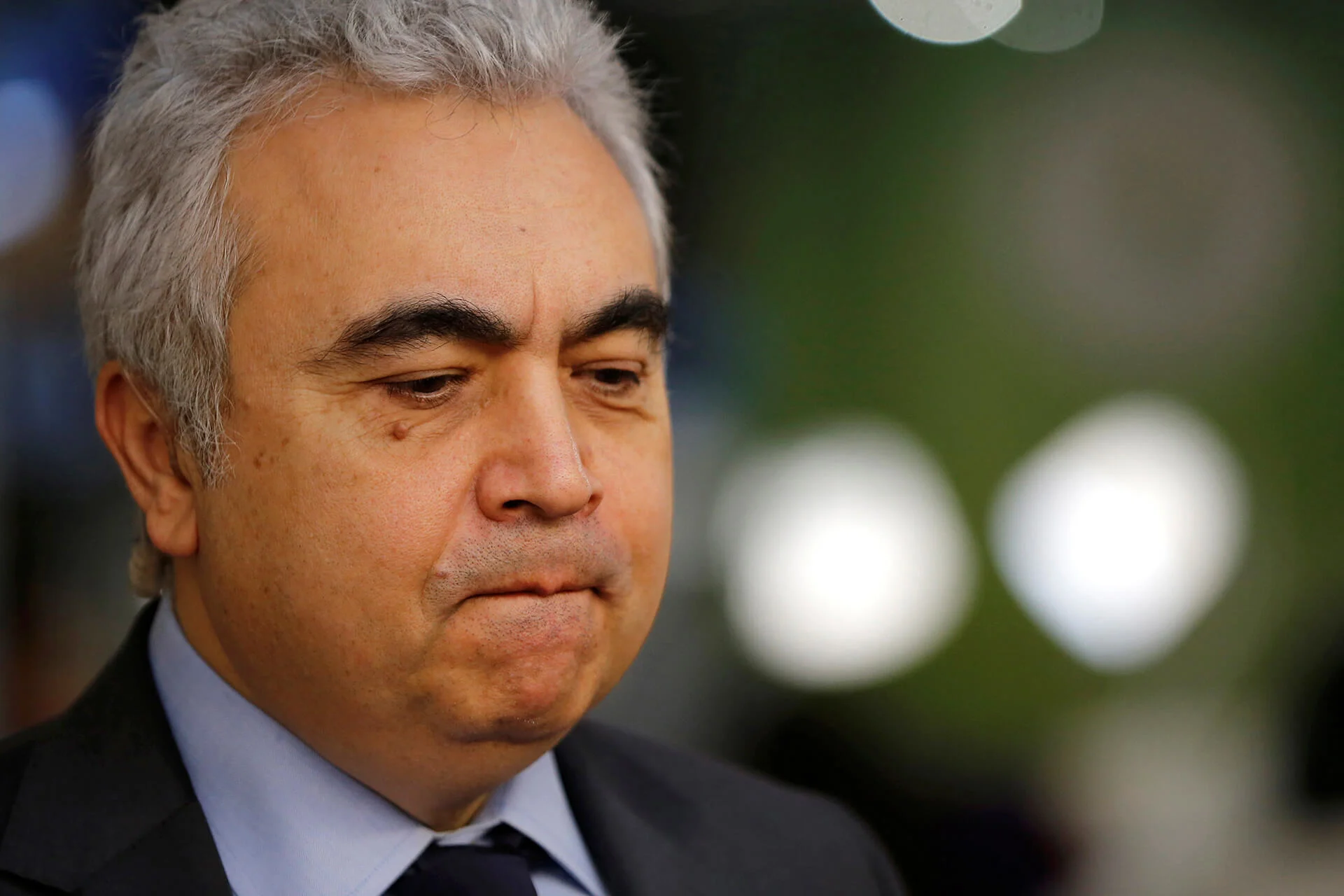
'No excuse': IEA tells energy firms as methane emissions rise
LONDON - The fossil fuel industry is failing to tackle methane emissions despite its pledges to uncover and fix leaking infrastructure, according to a report by the International Energy Agency (IEA) published on Tuesday.
In 2022, the global energy industry released into the atmosphere some 135 million tonnes of methane — a potent greenhouse gas responsible for roughly a third of the rise in global temperatures since the industrial revolution.
Last year's emissions rose above 2020 and 2021 levels, and were only slightly below the record amount released in 2019, despite high energy prices and surging demand for natural gas that provided extra incentives to capture methane, the report said.
RELATED: Scientists now know why methane mysteriously surged during lockdowns
Methane is the main component of natural gas, so captured emissions can be sold as fuel.
Although some progress has been made, "emissions are still far too high and not falling fast enough — especially as methane cuts are among the cheapest options to limit near-term global warming," IEA executive director Fatih Birol said in a statement. "There is just no excuse."

International Energy Agency's (IEA) Executive Director Fatih Birol looks on during the World Climate Change Conference 2015 (COP21) at Le Bourget, near Paris, on Dec. 3, 2015. (Stephane Mahe/REUTERS)
The energy sector accounts for about 40 per cent of all methane emissions from human activity, second to agriculture.
The IEA said methane emissions from oil and gas alone could be reduced by three-quarters with existing technologies and modest investment of less than three per cent of the US$4 trillion windfall income gained by oil and gas companies worldwide last year.
"The economic incentives to make those reductions were huge last year," IEA's chief energy economist Tim Gould said. "We had record natural gas prices in many markets around the world. There was an extremely strong economic incentive to bring methane to market."
But despite this, "2022 was a disappointing year," he said.
A lot of pledges and no 'forcing mechanism'
More than 150 countries have pledged to cut global methane emissions by at least 30 per cent from 2020 levels by the end of this decade — although major emitters including China and Russia have not. Dozens of oil companies have also voluntarily committed to reduce emissions through the Oil and Gas Methane Partnership, and the Oil and Gas Climate Initiative.
"There are a lot of pledges around, but what you need is a forcing mechanism," said Georges Tijbosch, CEO of MIQ, a methane emissions certification standard.
WATCH BELOW: Reducing methane is critical to fighting climate change
NOAA physical scientist Lori Bruhwiler said rapid cuts to methane emissions are important, but deep carbon dioxide emission reductions must accompany them if the world is to avoid global warming exceeding 1.5 C and unleashing more severe impacts.
"Will this make it tougher for us to meet 1.5? Absolutely," she said, of the consequences if countries and companies fail to curb methane.
The IEA report said there were more than 500 super-emitting events from oil and gas operations detected by satellites in 2022. Another 100 were spotted at coal mines. Altogether, the coal industry was responsible for about 40 million tonnes of methane emissions in 2022.
"Coal-related methane emissions in China are equivalent to total CO2 emissions from the whole of sub-Saharan Africa," Gould said.
Reporting by Gloria Dickie in London and Kate Abnett in Brussels; additional reporting by Shadia Nasralla and Ron Bousso in London; editing by Barbara Lewis.
Thumbnail image: A handout screen grab from thermographic video footage shot on April 6, 2021, with an infrared camera and made available to Reuters on June 10, 2021, by Clean Air Task Force (CATF), shows what appears to be methane gas leaking from two stacks at SNAM's Panigaglia LNG terminal near La Spezia, Italy. (James Turitto/CATF/Handout via REUTERS)











